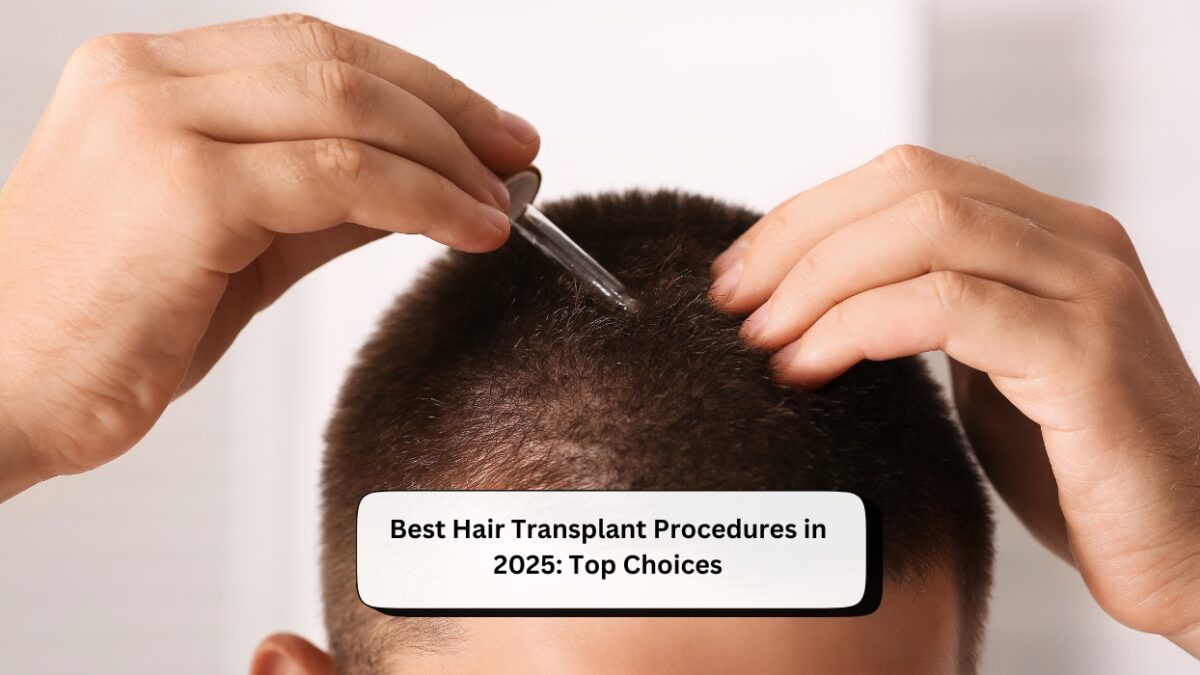5 Early Signs of Baldness You Shouldn’t Ignore.
Early Signs of Baldness are often subtle but crucial indicators that shouldn’t be ignored. Hair fall toh sabko hota hai—but when does it cross the line and become something more serious, like early signs of balding? Most people tend to brush off hair fall as “normal,” until one day they spot a thinning hairline or a visible patch on the scalp. By then, it might already be the beginning of permanent hair loss.
Don’t wait till it’s too late. Recognizing the early signs of balding can help you take action before things go downhill. In this blog, let’s decode the first signs of hair loss, learn how to detect hair loss early, and understand the signs of male pattern baldness as well as hair thinning in women causes—so you’re well-equipped to tackle it in time.
Early Signs of Baldness You Shouldn’t Ignore
1. Receding Hairline: The Silent Alarm Bell
One of the earliest and most overlooked signs of balding, especially in men, is a receding hairline. If you notice your forehead getting “bigger” or your hairline shifting back at the temples, this could be an early indicator of male pattern baldness. This condition, also known as androgenetic alopecia, affects nearly 80% of men over their lifetime.
It’s crucial to track changes in your hairline over time. Take monthly photos to notice subtle shifts. If the V-shape is becoming more prominent, don’t wait—it’s time to act.
2. Excessive Hair on Your Pillow or Shower Drain
Yes, it’s normal to lose 50–100 strands a day. But if you’re spotting clumps of hair on your pillow or a mini jungle in your shower drain, something might be off. This could be one of the first signs of hair loss, and it should be addressed immediately.
This applies to both men and women. In women, hair fall may present as a general thinning across the scalp rather than patches. Early consultation can help stop or reverse the process using hair regrowth treatments available at iGraft.
3. Thinner Ponytail or Wider Parting
Ladies, yeh sign aapke liye hai! If your once-thick ponytail starts feeling thinner or your scalp begins peeking through the parting, it’s time to take it seriously. Hair thinning in women causes can range from hormonal changes (like PCOS or menopause) to stress, thyroid issues, or nutritional deficiencies.
The sooner you consult a hair transplant expert, the better your chances of controlling the fallout.
4. Scalp Becomes More Visible in Bright Light
Have you noticed that your scalp looks more visible under sunlight or harsh lighting? That’s another one of the early signs of balding. When the density of your hair decreases, the scalp becomes more exposed. This could indicate hair miniaturization—a condition where hair strands become finer and thinner over time before eventually falling out.
5. Itchy, Flaky, or Painful Scalp
While it may not directly indicate baldness, a problematic scalp environment can often be a precursor to hair thinning and fall. Conditions like seborrheic dermatitis, psoriasis, or even simple dandruff can disrupt the hair growth cycle and lead to hair loss if not treated.
Maintaining a healthy scalp is just as important as caring for your hair. Use gentle, sulfate-free shampoos and avoid overusing chemical treatments or heat styling tools.
How to Detect Hair Loss Early: Tips & Tools
- Mirror Check: Observe your hairline and crown under natural light once a week.
- Compare Old Photos: Side-by-side comparisons from a year ago can help identify changes.
- Hair Fall Diary: Track your daily hair fall count and patterns.
- Consult a Specialist: Visit iGraft’s Hair Transplant Clinic for advanced diagnosis and solutions.
- Hair Pull Test: Gently pull a small section of hair. If more than 6 strands come out, it might be time for further evaluation.
Signs of Male Pattern Baldness: What to Watch Out For
- M-shaped receding hairline
- Thinning at the crown
- Increased scalp visibility
- Slower hair regrowth after shaving or trimming
- Family history of baldness
Men often ignore the signs of male pattern baldness until it becomes severe. However, early treatments like PRP therapy, minoxidil, or even DFI hair transplant can stop or slow the process if started early.
Hair Thinning in Women Causes: Know the Triggers
Women experience hair thinning differently. It’s more diffuse and often accompanied by overall loss of volume. Some common causes include:
- Hormonal imbalances (PCOS, menopause)
- Pregnancy or postpartum stress
- Crash diets or nutrient deficiencies
- Over-styling, heat damage, or tight hairstyles (traction alopecia)
- Genetic predisposition (female pattern baldness)
Understanding the hair thinning in women causes can help you choose the right treatment—be it medical therapy, supplements, or female hair transplant.
What to Do If You Notice These Signs?
The good news is: early detection = higher chances of successful recovery. Here’s what you can do:
✅ Start treatment early—minoxidil, biotin supplements, PRP therapy
✅ Consult a dermatologist or visit a hair restoration clinic like iGraft
✅ Maintain a nutrient-rich diet and manage stress levels
✅ Switch to a gentle hair care routine and avoid tight hairstyles
✅ Regular scalp massages to improve blood circulation
Final Thoughts: Don’t Ignore the Whispers
Your hair gives you subtle signs before it starts shouting. Don’t ignore that little extra hair in the comb or the widening part line. Recognizing the early signs of balding gives you the power to act on it. Whether you’re a man seeing the signs of male pattern baldness or a woman dealing with hair thinning in women causes, the first step is awareness.
Take control before it controls you. A consultation, a lifestyle change, or even a simple supplement could be all it takes to stop balding in its tracks.
Ab waqt hai action lene ka—not just reaction ka!










